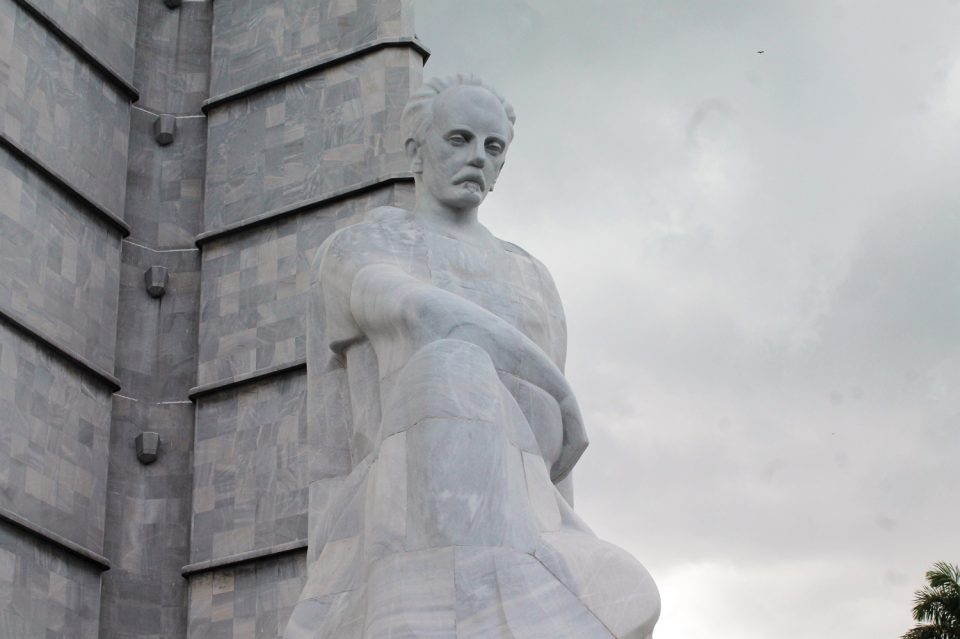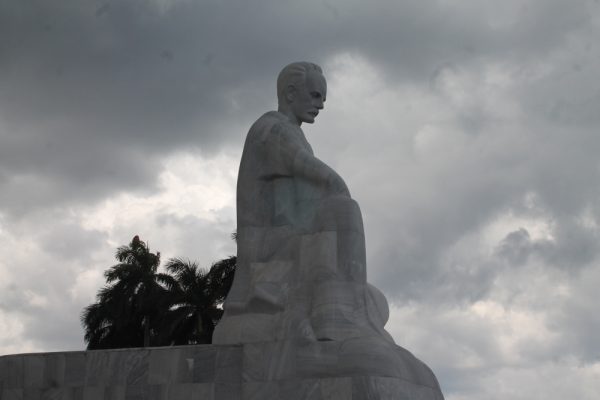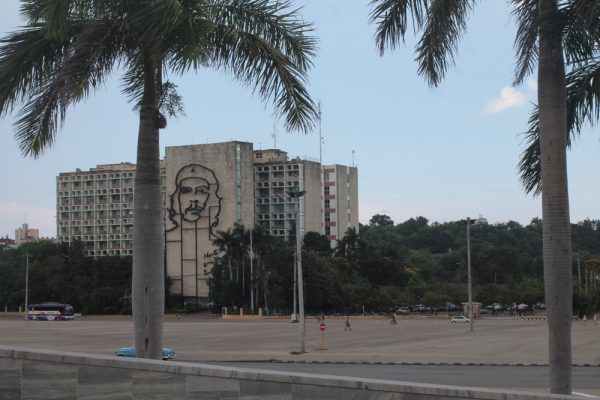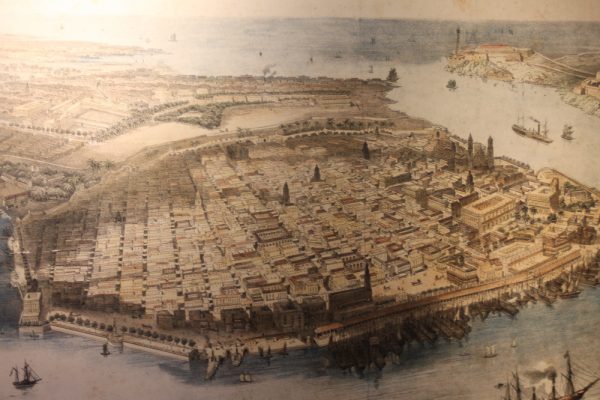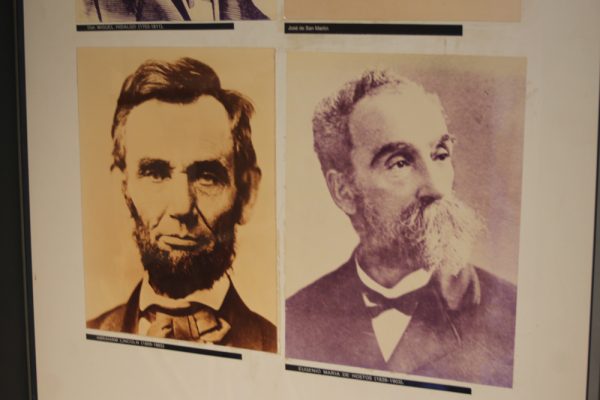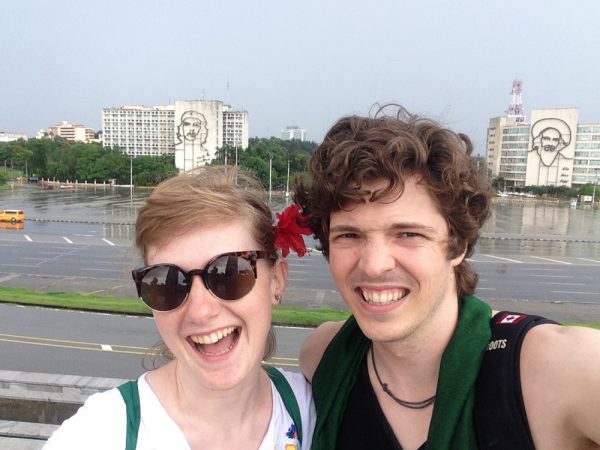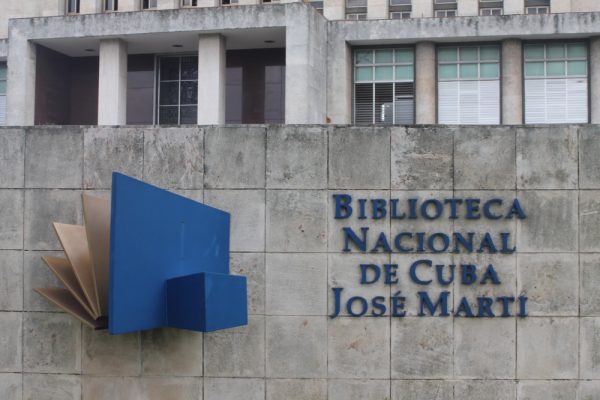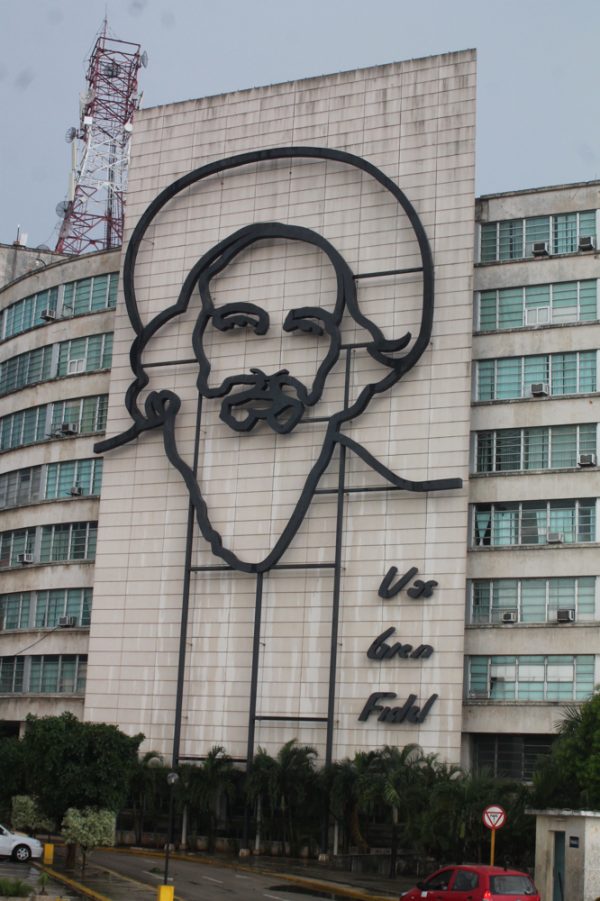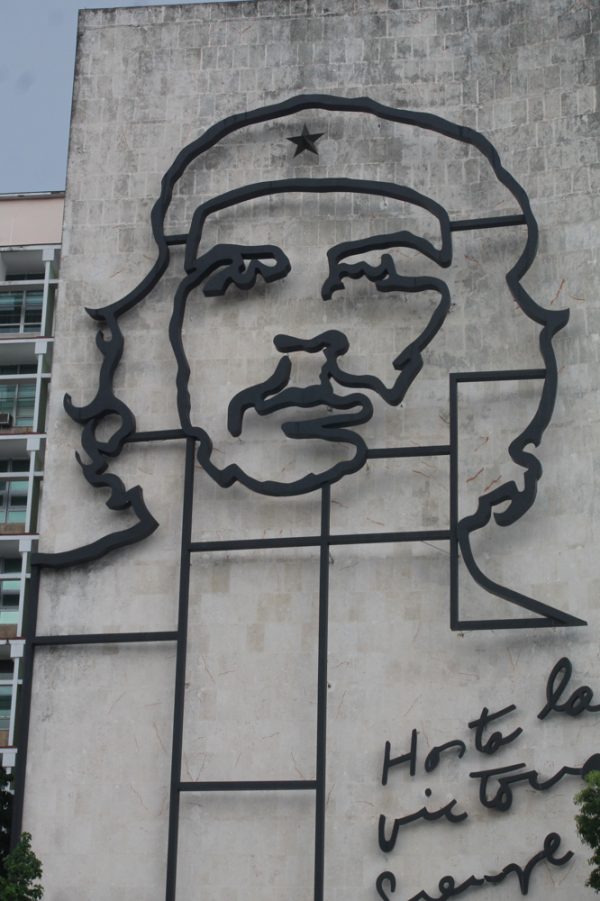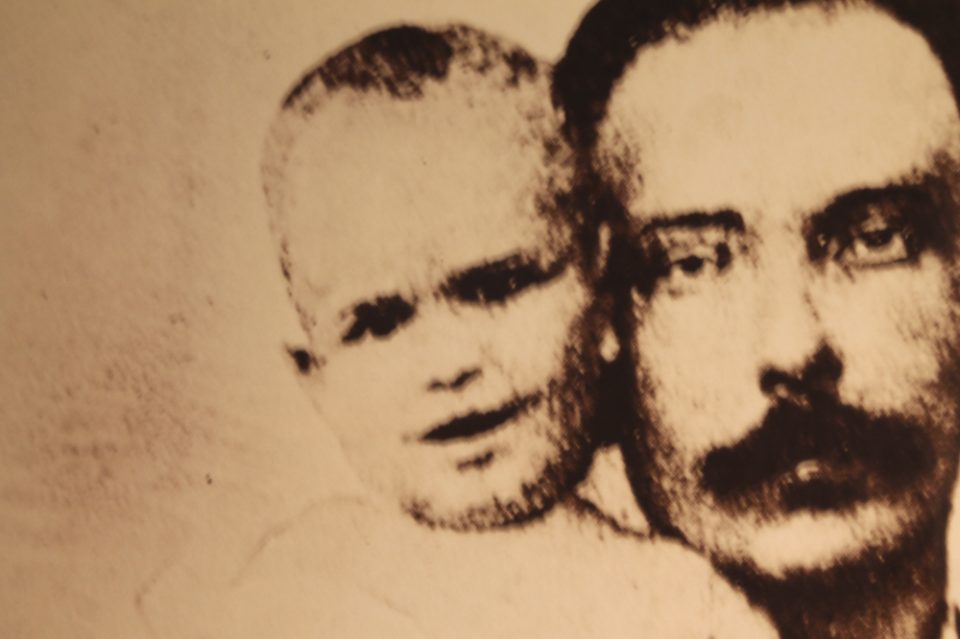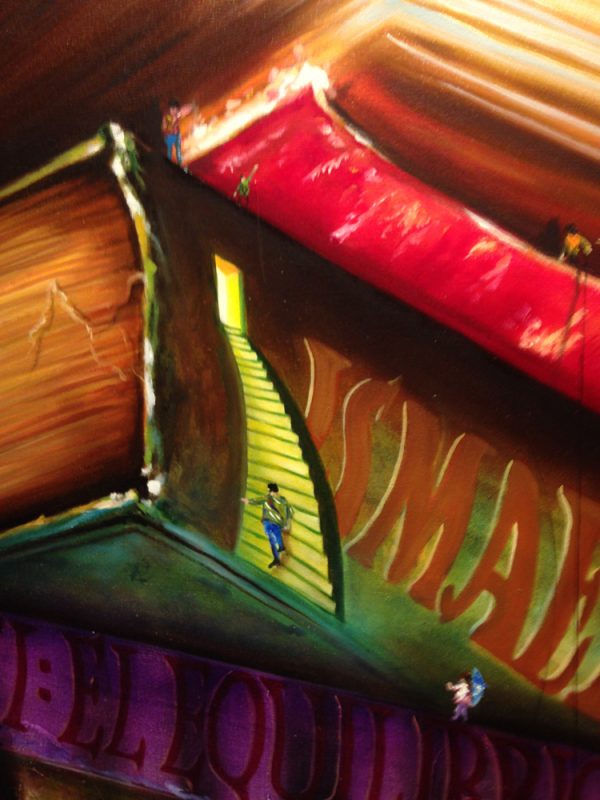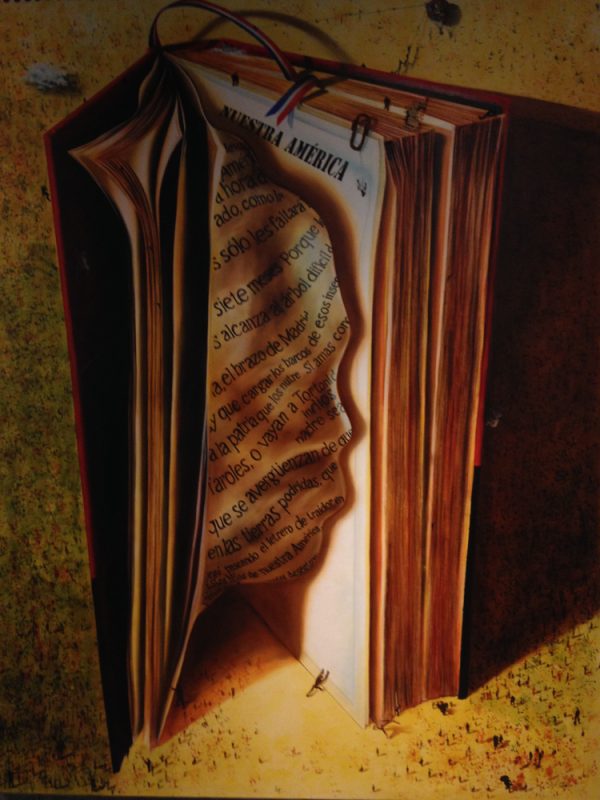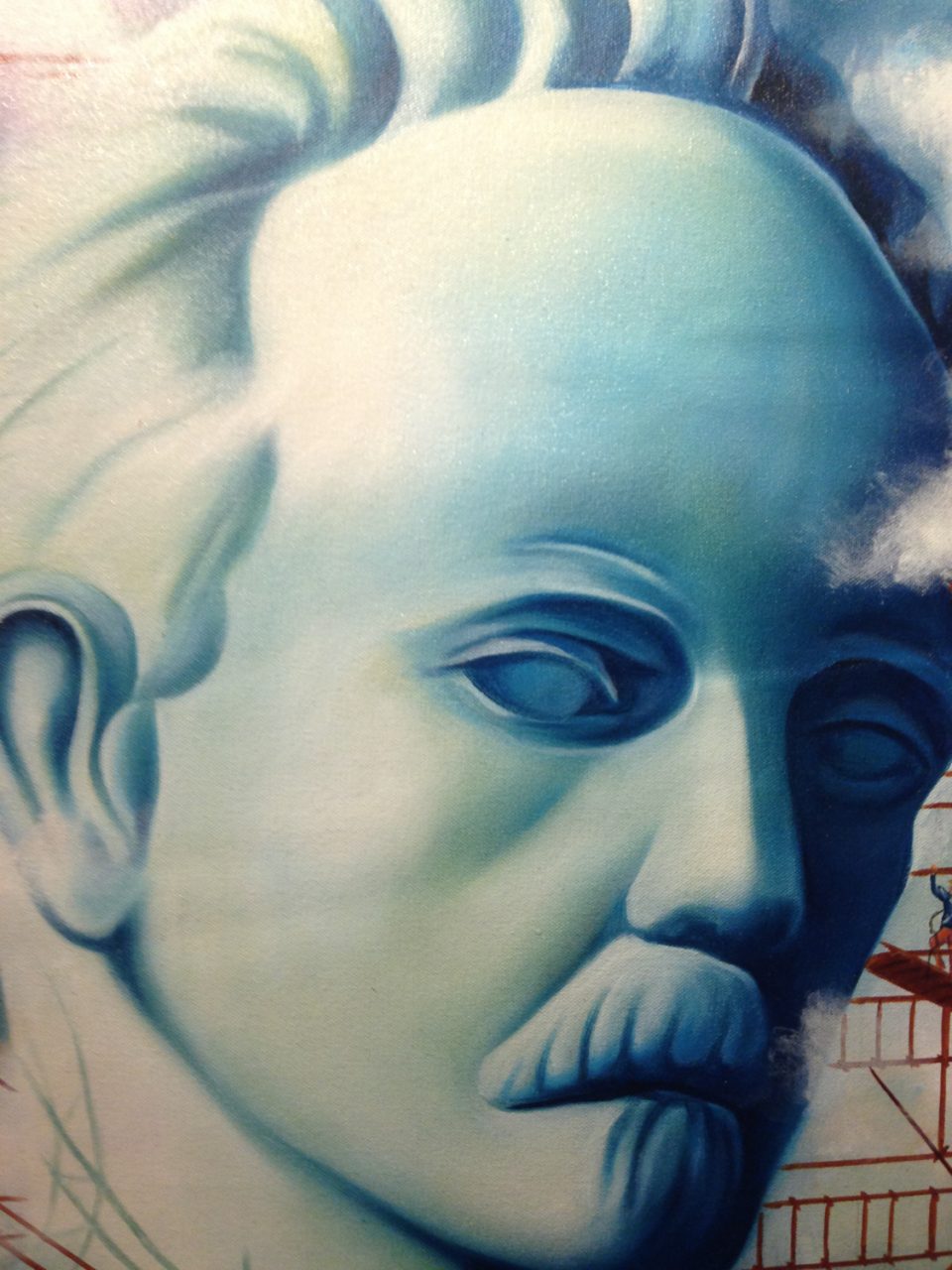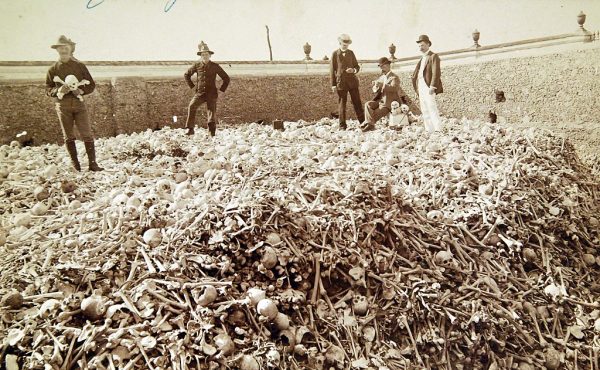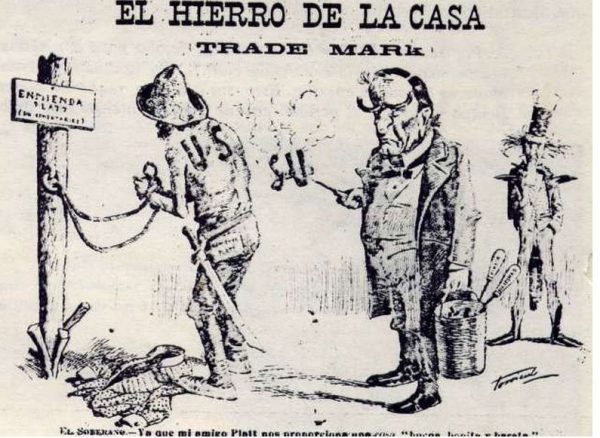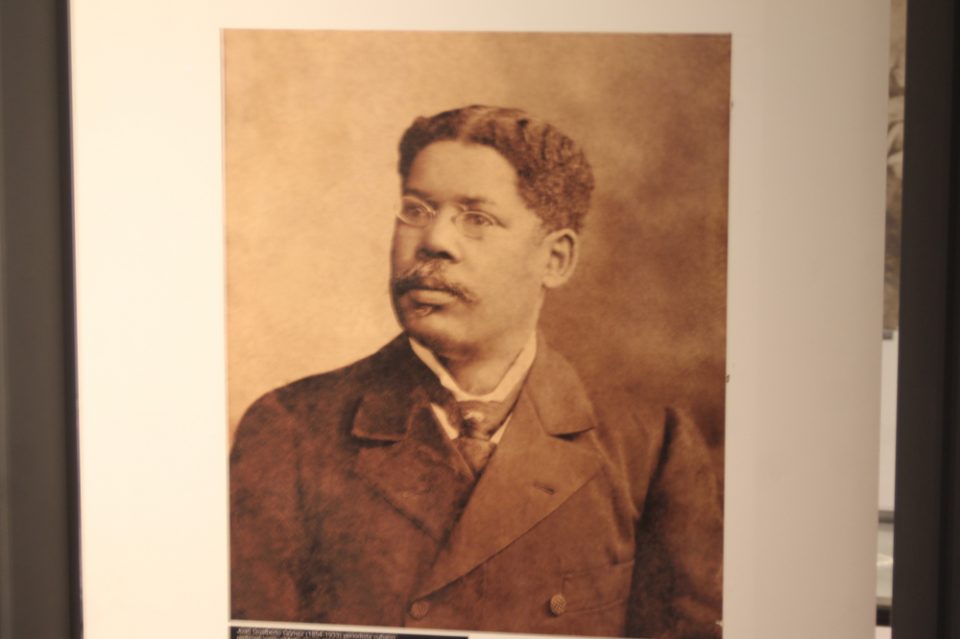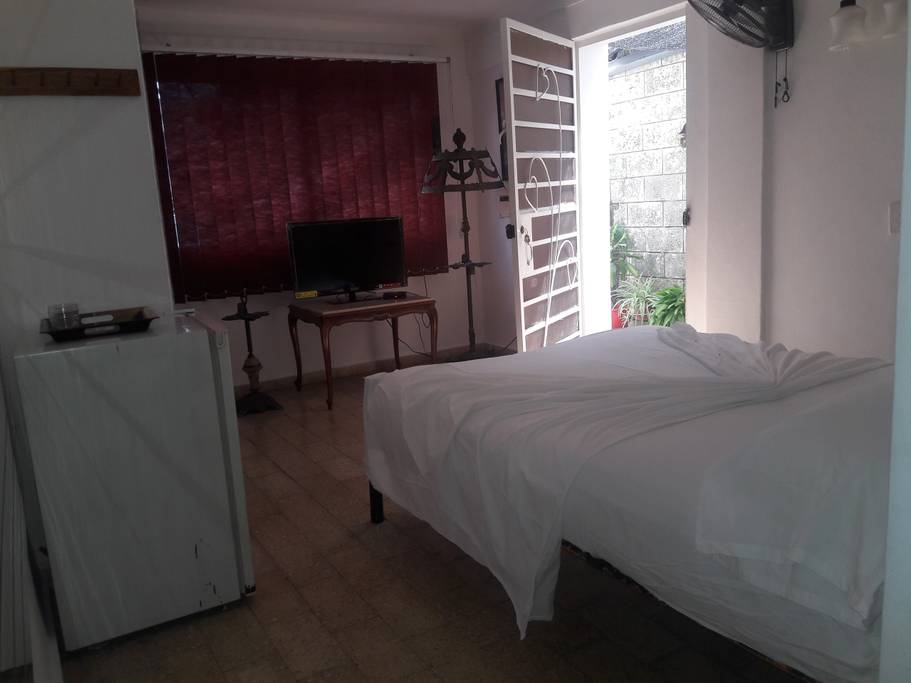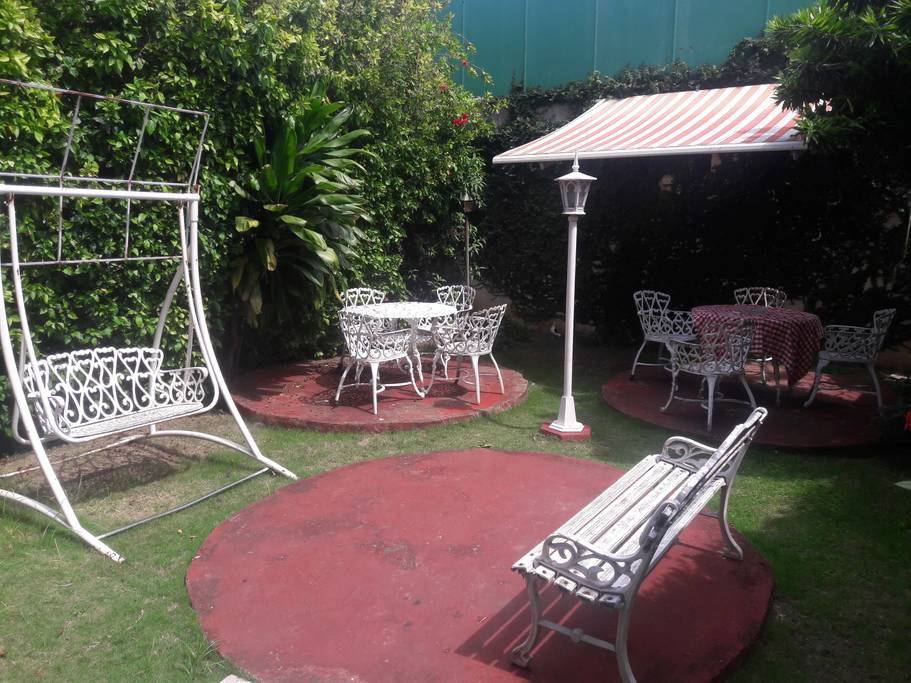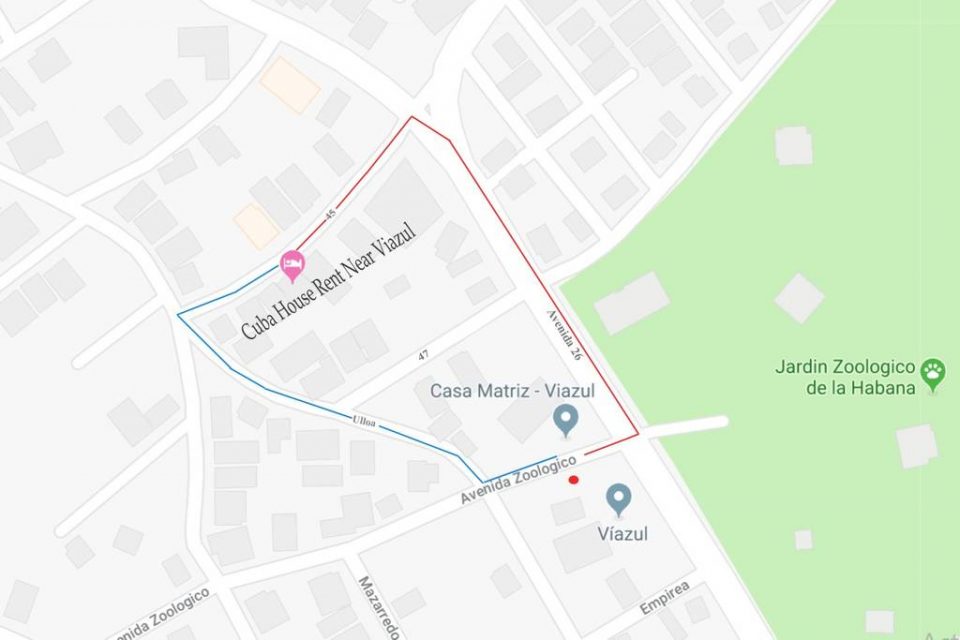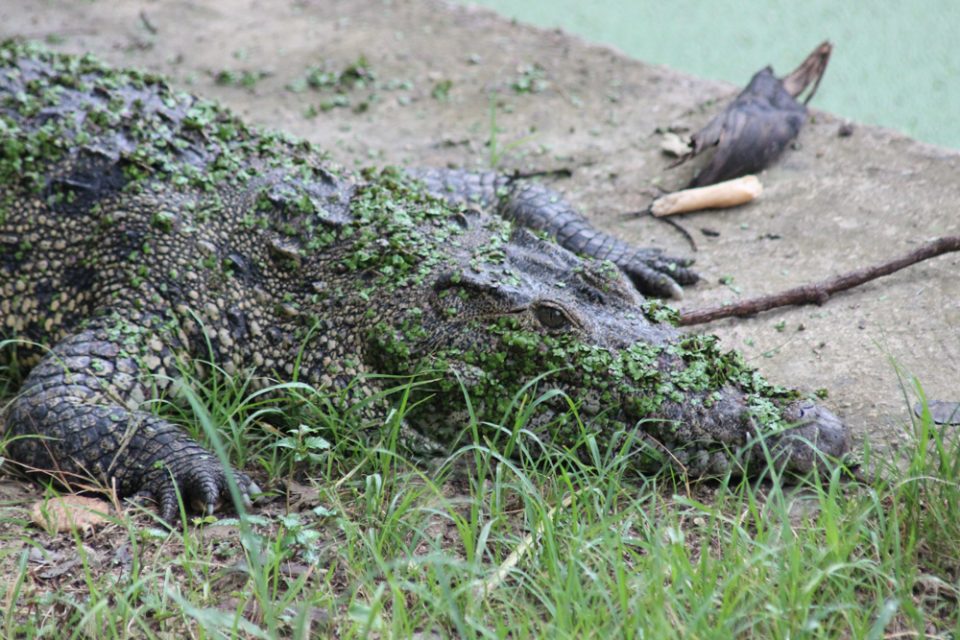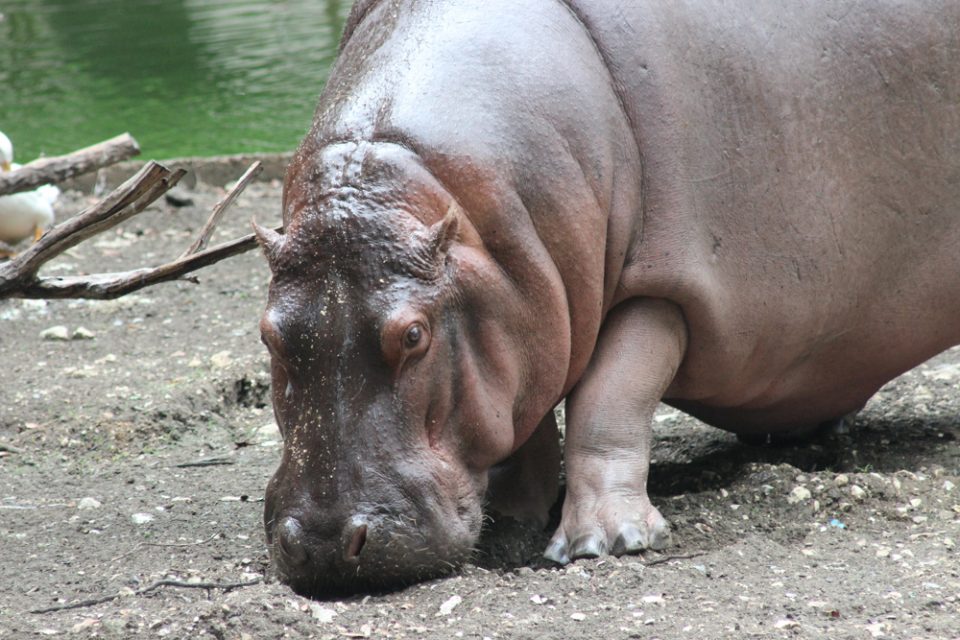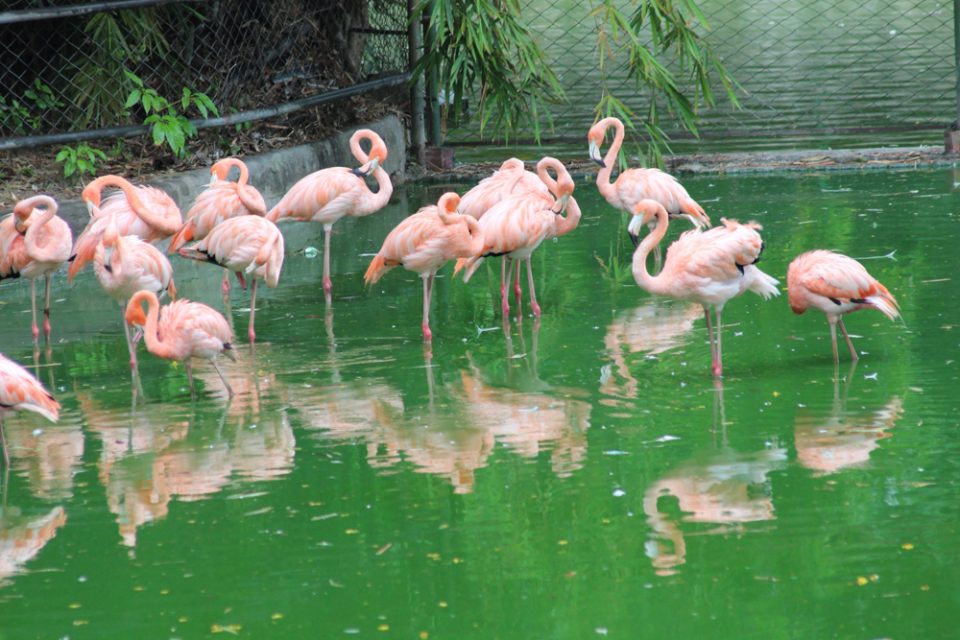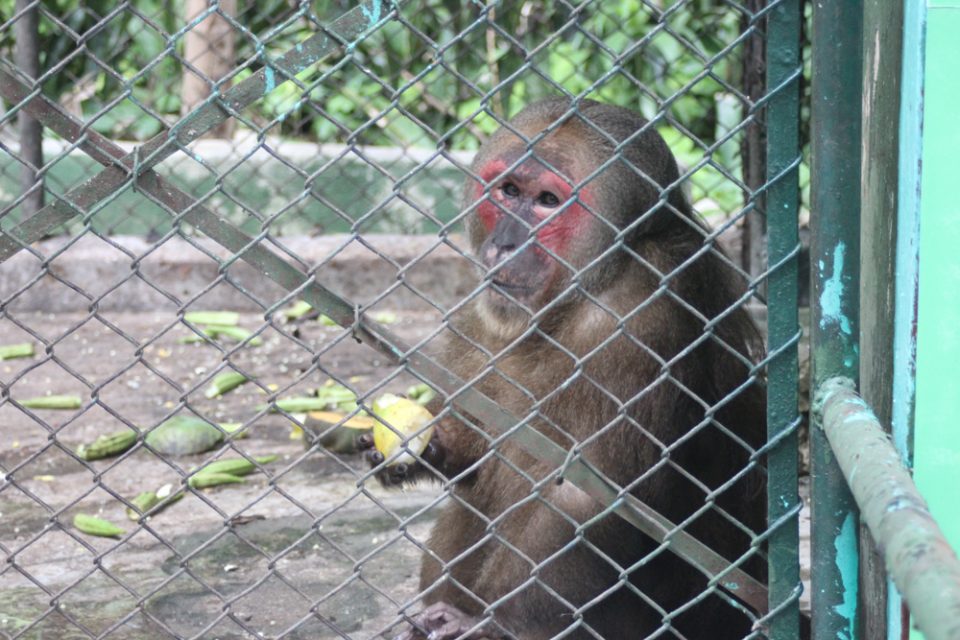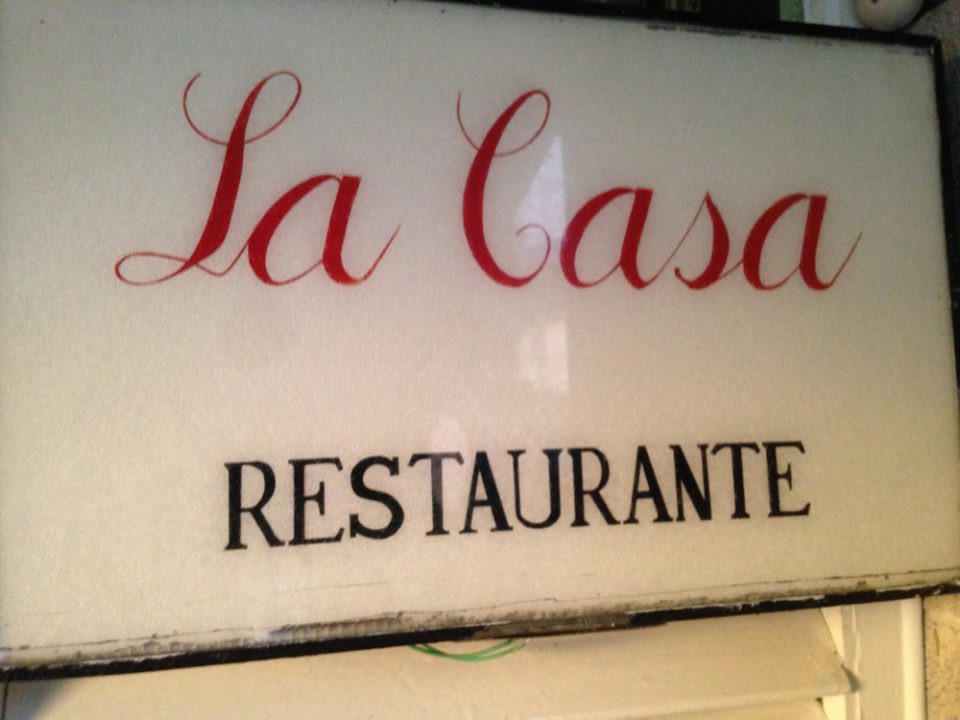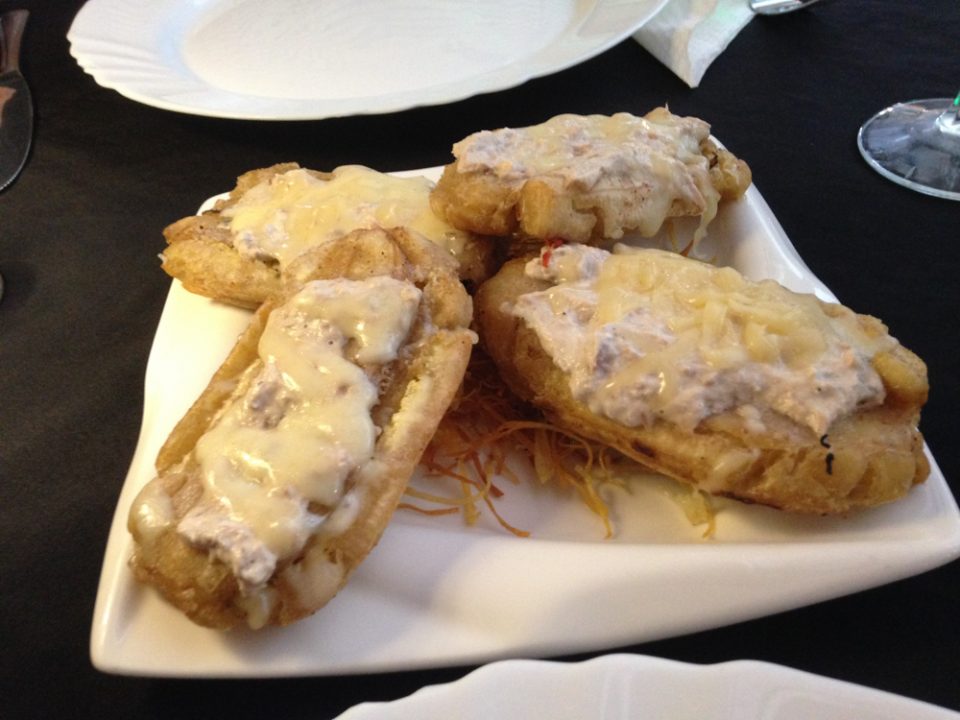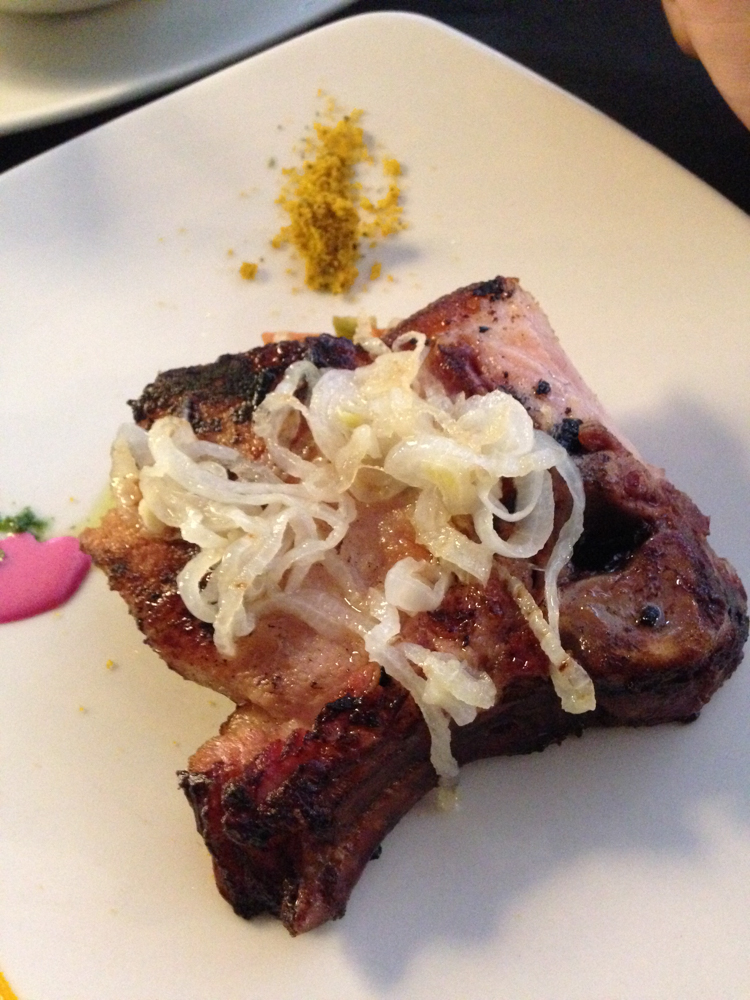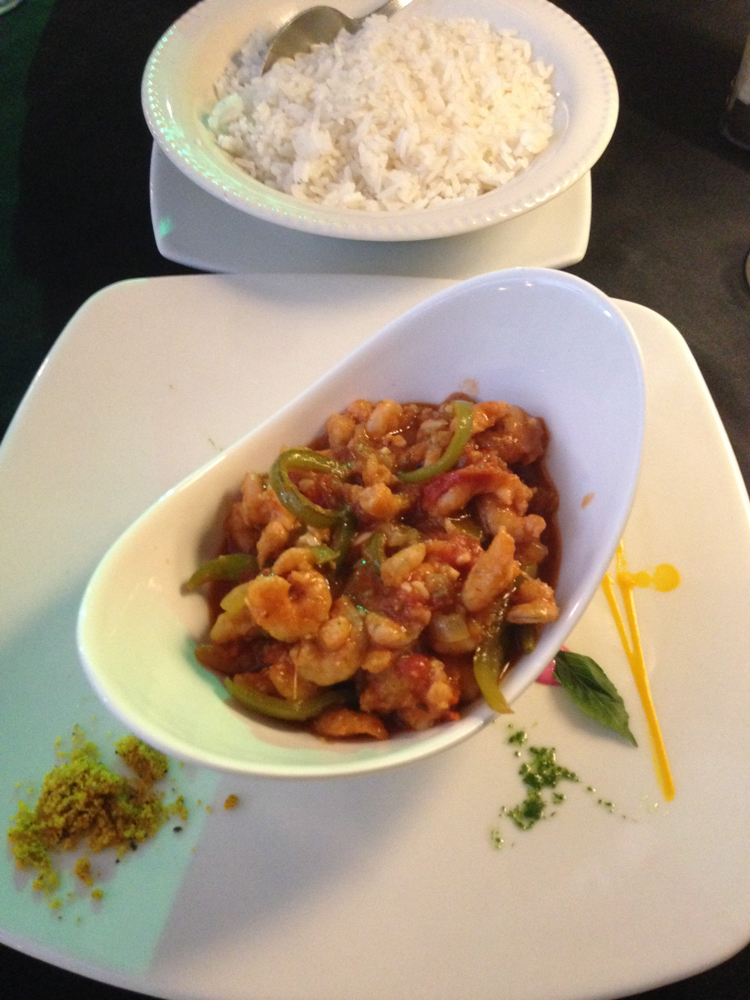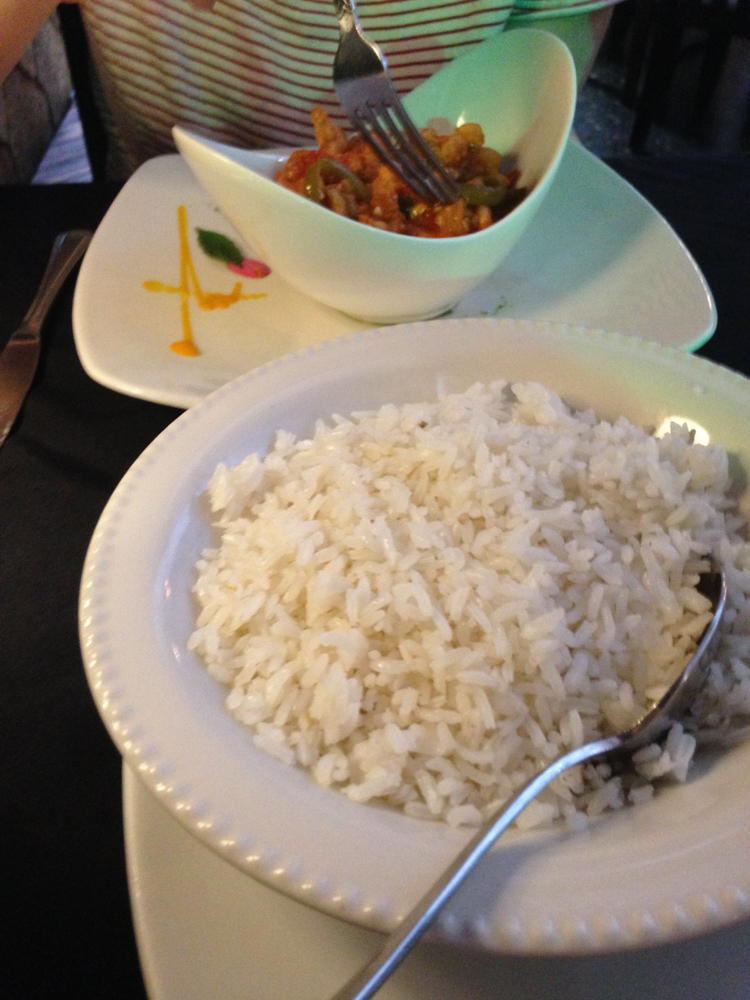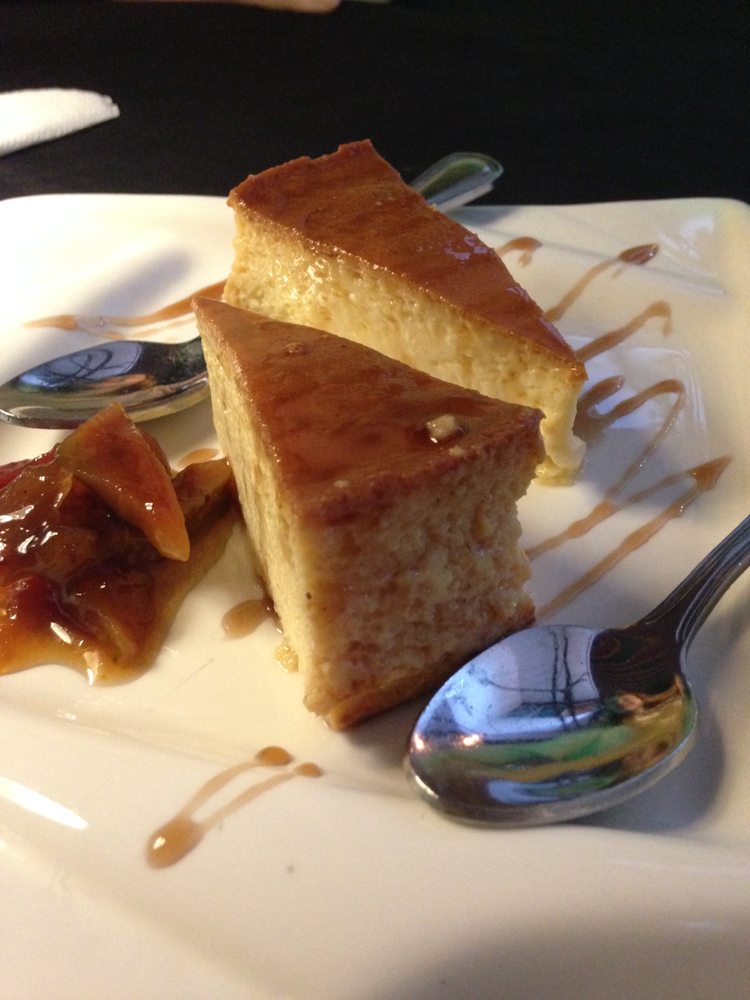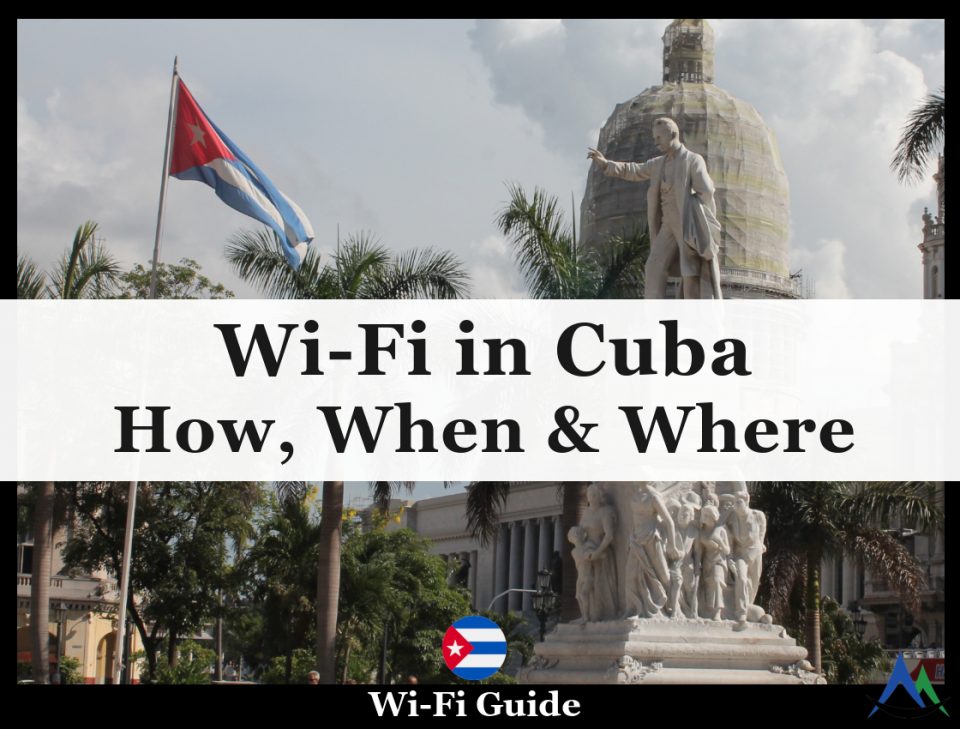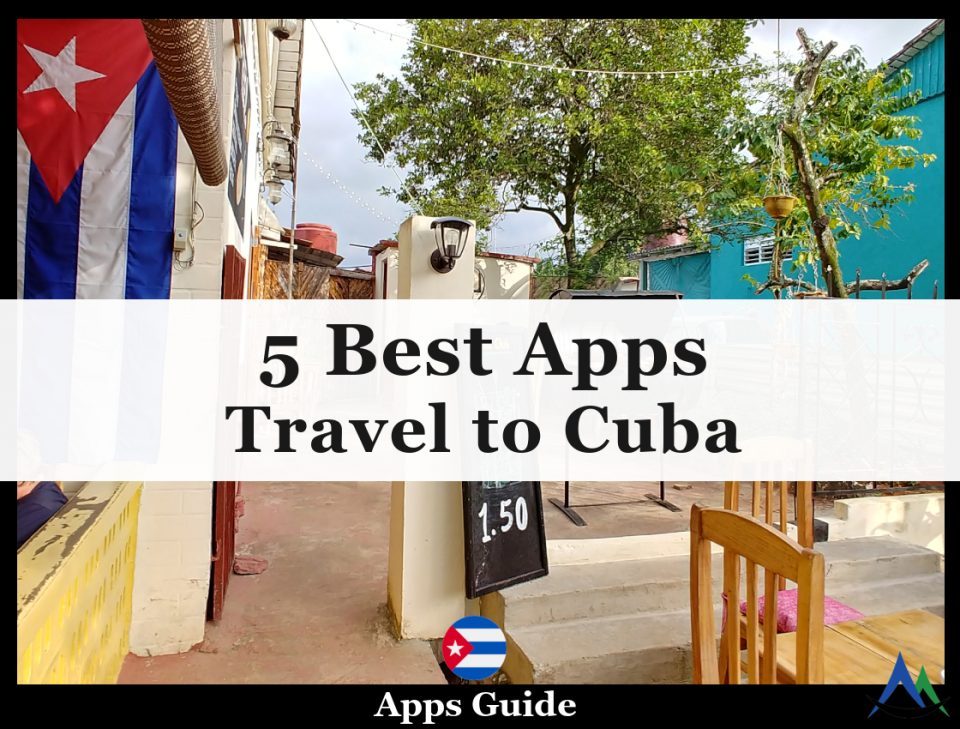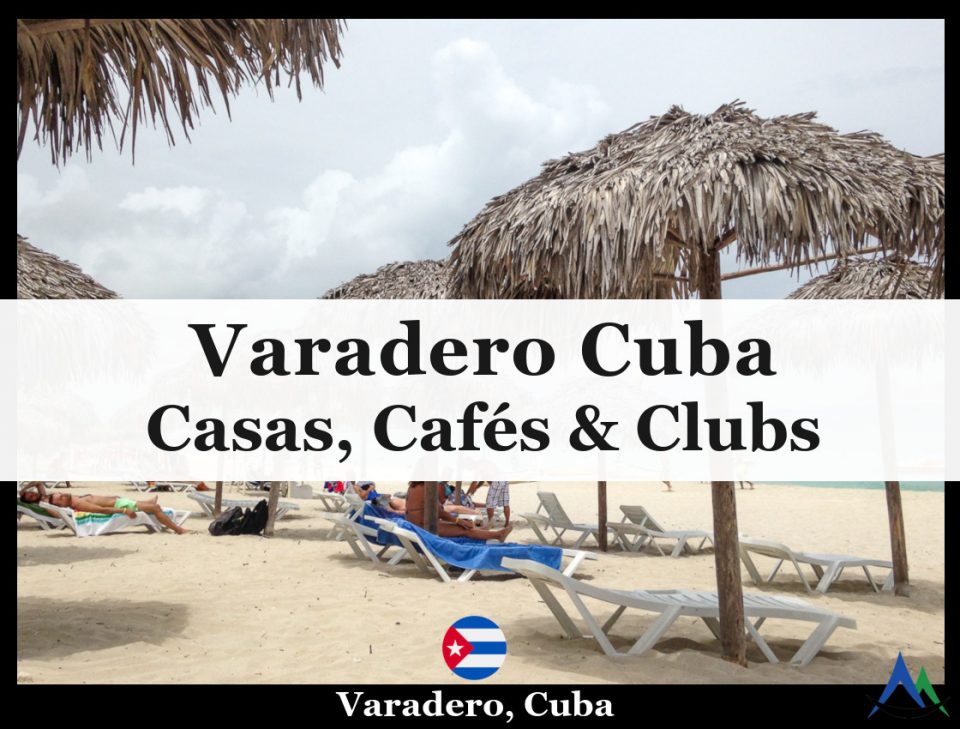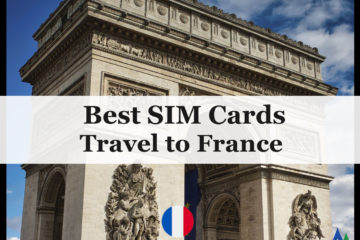Jose Marti Memorial & War for Cuba’s Independence
Published by CamDarling on
José Marti is one of Cuba’s most notable and influential historical figures. The José Marti Memorial is the largest monument in the world dedicated to a writer and it’s a popular tourist attraction in Havana as it is located in the famous Plaza de la Revolucion in Vedado district. But few tourists take the time to appreciate the amazing achievements of José Marti.
Cuba was one of Spain’s last colonies in Latin America. The island had been under English and French rule at times but had been dominated by Spanish settlers, plantation owners and African slaves for centuries. José Marti grew up dreaming of a free and Independent Cuba. He hated imperialism and made it his life’s work to spread his philosophy and writings about Cuban and Latin American Independence. He was a revolutionary in his heart, and died a martyr in the battlefield. His dream, manifesto and endless volumes of literature live on, becoming a part of Cubans’ identity and as a free and independent country. We spent a day in the Vedado district in a great Airbnb close to the Viazul Bus Station. We also visited the National Zoological Park and one of the best local restaurants of our trip to Cuba.
Jose Marti Memorial
The other major historical attraction in Havana is the Jose Marti Memorial. You can walk to the Vedado area of Havana like we did. It took 45 minutes. Or take a taxi for 10 CUC ($10USD). Spanish speaking people can probably get a taxi for 3-5 CUC.
The memorial is a massive 109 meter 5 pointed star tower dedicated to the National Hero, Poet and Writer Jose Marti. His writings focus on political philosophy and he was a major inspiration for Cuban Independence from Spain, as well as independence of Latin America in general. To give you an idea of how important this guy was, he is known as “The Apostle of Cuban Independence”. The tower has a wonderful museum in the base with local artworks, artifacts and a replica of Simon Bolivar’s Sword, which you might have heard of if you watched the Netflix series Narcos (It’s really good).
The tower was built in 1953, a few years after Cuba’s dictator Fulgencio Batista seized power by force in a US backed military coup. Ironically, as a living proof of corruption, a competition for the design of the memorial was held and Batista intervened to select the 3rd place design by Raoul Galarraga and his personal friend Enrique Verala. It’s ironic because the tower was only completed in 1958, months before the end of the Batista government and final victory of the revolutionary forces on December 31st 1958.
One of my favorite historical clichés is that monarchs and leaders rarely last long after building excessively large monuments. Monuments like this open up the government to a lot of criticism about spending, labour laws and corruption. Believe me, this memorial is enormous, the largest monument to a writer in the world. Building it definitely ruffled some feathers.
You can purchase a ticket (3 CUC/ $3 USD) with access to the top of the tower. It has the best view of Havana, with 360 panoramic views of the city. Unfortunately on our visit it was raining and the view is glassed in so there were raindrop all over the windows (no good pictures). We ended up stranded for an extra 30 minutes as a tropical storm thundered into Havana. Luckily the downpour only last 45 minutes.
Plaza de la Revolucion
Step outside the tower and you’ll be on the main podium of the Revolutionary Plaza with a building figure of Che Guevara with the quote “Hasta la Victoria Siempre” (Until the Everlasting Victory, Always). On the other side of the courtyard is a figure of Camilo Cienfuegos with the quote “Vas bien, Fidel” (You’re doing fine, Fidel). Both men were key members of the Cuban Revolution and died either during or shortly after the war. Around the plaza are the main government ministry buildings, the national theater, national library and government palace.
The Plaza Square is often used for political speeches and major events. In 1998, Pope John Paul 2 who ironically is credited with helping to end communism in his native Poland, held mass for the people during his visit to Cuba.
Jose Marti - The Writer
Jose Marti is one of the most remarkable figures of Latin American History and deserves far more than a few paragraphs to describe his phenomenal life. He was born in 1853 in Havana, Cuba to a Spanish family. He had 7 younger sisters and enrolled in college in the 1860s to become a painter and sculptor. He was not a talented artist, but soon found his passion for writing and poetry. When the Ten Year’s War broke out in 1968, he began to write about Cuban Independence, a cause that will dominate his life as he become the voice and face of a movement. He started to publish his own newspaper with his writing, and was soon arrested for treason at 16 years old and sentenced to 6 years in prison. Instead, as a minor, Jose was shipped off to Spain where he could continue his studies. The Spanish authorities hoped studying in the homeland would renew this young intellectual’s loyalty to Spain. It did not.
In fact, they just brought over one of the most vocal activists against Spanish colonialism to Spain. Jose used this opportunity to spread his writings and publications, engaging the media and participating on debates for Cuban Independence. By 1874, Jose had earned a Civil Law Degree at 21 years old. He quickly made his way to Paris, then embarked on a ship to Mexico and Guatemala (both independent states since 1821) as he was still banned from Cuba. He spread his writings about Cuban Independence in Central America.
Jose Marti’s love life was consumed by his cause. He married Carmen Bazan in 1875, daughter of a Cuban father, although both lived in Mexico City. Carmen would later leave Jose during his stay in New York in the early 1890s. Carmen and their son Pepito, born in 1878 would return to Havana. Jose would never see them again, choosing to stay in New York where he worked as a Consul for Uruguay, Argentina and Paraguay while continuing to publish his writings and newspapers.
This may sound surprising but Jose Marti was a huge admirer of Americans and the United States. He often wrote about the fight for independence from Britain by America paralleled to the Cuban fight against Spain. The Freedom of Speech, including religious freedom, Value of Liberty and being a country built by hard working immigrants (something we often forget today), Jose could preach and spread word of Cuban Independence living in New York with impunity from Spain. Spanish authorities couldn’t touch him in America.
Jose Marti - The Revolutionary
By the 1890s, Jose had become a full blown revolutionary and one of the most vocal advocates for Cuban Independence in the world. He was forming organizations to undermine Spanish rule, creating societies and creating the roots of a popular uprising. This was all very calculated. Before that, I want to share what Jose admired about America, because it’s quite fascinating.
Today we often view Cuban against the United States. Two opposing sides: Socialism and Capitalism. But Jose actually wrote about modelling Cuban after America during the 1800s. Jose was primarily an anti-imperialist, obviously since he despised Spanish rule. But he saw most European Colonial powers as having entrenched inequality, being lazy and oppressive. Here was the United States, a vibrant immigrant country that accepted everyone no matter their religious beliefs. Jose saw Americans as extremely hard working “whose principal aspiration he interpreted as being to construct a truly modern country, based upon hard work and progressive idea”.
Education in Latin American and Europe was a privileged system for the elites, but education in America was for everyone. He saw that America, which had been poorer than the Spanish colonies in the 8th century was quickly outpacing Latin America and Europe when it came to technology and standards of living. Jose even advocated for sending people from Latin America to the US to learn about their new agricultural technologies, to learn from them.
No man was quiet in America, no doors were shut and no man was standing idle on the street corner. Americans were incessantly industrious. Jose was not without rational criticism either, he saw the US political system as a depraved spectacle rife with bribery and grand public events where politicians gave away free beer, with elites pulling the strings in the background. Funny, things haven’t changed much in 150 years.
He also perceived American society as soulless and cruel at times but based on a solid foundation of liberty and freedom. He believed the racial tensions in the US would tear society apart… He wasn’t wrong there. Jose in his Youth mourned for the assassination of Abraham Lincoln, a man who fought against slavery which still existed in Cuban at the time. No man was quiet in America, no doors were shut and no man was standing idle on the street corner. Americans were incessantly industrious.
Jose was not without rational criticism either, he saw the US political system as a depraved spectacle rife with bribery and grand public events where politicians gave away free beer, with elites pulling the strings in the background. Funny, things haven’t changed much in 150 years.
He also perceived American society as soulless and cruel at times but based on a solid foundation of liberty and freedom. He believed the racial tensions in the US would tear society apart… He wasn’t wrong there. Jose in his Youth mourned for the assassination of Abraham Lincoln, a man who fought against slavery which still existed in Cuban at the time. Although Jose’s life focused on fighting Spain, he acknowledged the rising superpower of the US was Cuba’s greatest threat.
Jose Marti’s Revolution preparations came to a head in 1895 in what would become Cuba’s 3rd and final war for independence against Spain. Jose made his way to the Dominican to muster his forces and supplies. While in Montecristi, Jose wrote the Manifesto of Montecristi, a document that essentially outlined the rebel cause of independence and provided keys to success and important guidelines such as sparing the life of non-combatant Spaniards and needing the support of Afro-Cubans.
Other prominent leaders of this war are Gualberto Gomez (Afro-Cuban) and Maximo Gomez (Latino Cuban). Jose Marti arrived in Cuba on April 11th and began the fight against Spanish troops. On May 19th, the two armies fought at the Battle of Dos Rios where Jose Marti made a suicidal two-man charge while wearing a black jacket on a white horse. He was shot and killed by Spanish troops. After his death, he became a martyr for Cuban Independence.
Cuba's War of Independence
The war would continue until 1898 despite the terrible odds of a rebel group fighting against up to 240,000 Spanish troops and another 60,000 volunteer militia (many were black plantation slaves). Rebel forces numbers are difficult to estimate, since the rebels recruited civilians and gained support from the masses. Research has placed the rebel fighters at just over 50,000 combatants. By 1897, Spain had lost control of most of Cuba, only maintaining control where they had soldiers on the ground.
Meanwhile in the US, the Cuban cause was beginning to hit the printing press. I’m sure Donald Trump would appreciate this, the US media was wild with “yellow journalism”, exaggerations designed to stir up public support against Spain. In January 1898, the USS Main, a war ship anchored at the port in Havana exploded killing 258 crew members, the cause remains unknown. On April 11th, US President McKingley asked congress to send troops to Cuba, on April 19th Congress voted to send in the military for the purpose of supporting Cuban Independence and explicitly not to annex the territory. The US turned a civil war into a war between world powers with one stroke of the pen and Jose Marti’s greatest fear began to tighten it’s grip on Cuba.
Spain would discover it’s 18th century wooden naval ships were completely out-classed by the new near-19th century steam powered iron war ships from the US. I’m not going to cover the Spanish American War of 1898 in detail. Essentially the US began and ended the war in Manila Bay in the Philippines by destroying the entire Spanish fleet without taking a single naval casualty. It was a landslide victory in one battle leading Spain to sign the Treaty of Paris relinquishing the Philippines, Guam and Puerto Rico to the United States.
A naval battle fought on the other side of the world quickened the end of the War for Cuba’s Independence, but did not end the suffering felt by the Cuban people. Over the three years over 300,000 Cubans died of starvation and disease. Spain had placed everyone, slave and free citizens alike suspected of being sympathetic to the rebel cause into concentration camps. The Spanish did not bury the dead, but left the corpse open in mass graves, bones rotting in the sun.
Cubans saw themselves under a provisional US military government, also known as the 1st Occupation until democratic elections could be organized and a new Cuban government established. This “provisional” government lasted until 1902. However in 1903 the “Platt Amendment” was added to Cuba’s Constitution and gave the US the right to intervene for the preservation of Cuba’s Independence but also gave the US unlimited access to lease land for naval bases, placed restrictions on Cuba to sign treaties with other global powers or even to issue too much public debt. It was not the Independence the Cuban people had fought and died for, nor was it what Jose Marti had dreamed.
Cuba had gained Independence from Spain but now found itself an involuntary unofficial protectorate of the United States. The Platt Amendment would be completely repealed by 1940 but not before setting the precedent for the US intervention in Cuban elections for 40 years, or intervening in politics all over Latin America in the 20th century.
Abolishing Slavery in Cuba
This is Gualberto Gomez, the Afro-Cuban who planned the War alongside Jose Marti. The role of African-Cuban and the lasting legacy of the slave trade in Cuba cannot be ignored. Jose Marti even included the support and role of Afro-Cubans in his Manifesto. The question is: Why was support among the black Cuban population so key to a successful War for Independence?
The UK abolished slavery in 1833, the United States in 1865 at the conclusion of the American Civil War, but Spain didn’t end slavery in Cuba until 1886. Cuba had remained a slave state for an additional 20 years than neighboring United States and even longer after the UK who still held many islands in the Caribbean at this time.
A boat that set sail from Kingston (Capital City of Jamaica today), could dock in Santiago Cuba and all the free-born Africans could be taken off and sold into slavery in Cuba legally. As one of the last places to practice slavery in the Caribbean, Cuba had amassed a population that was up to 65% slaves and far outnumbered the free-White-European population. Plantations were extremely profitable in Cuba and sugar was in high demand. Land owners in Cuba feared a slave-led revolution the like that of the Haitian Revolution which ended French Rule in Haiti in 1804.
Anti-Spanish sentiment was strong in the newly liberated black population of Cuba by 1895. Due to Spain’s legacy of slavery in Cuba, there was almost little chance of gaining the support of the people. So Spanish troops only cracked down harder to preserve order.
Interesting side note is that 1% of Cubans today are Asian, or possess some Asian ancestry. During the slave trade, colonial powers, including the UK, had transported over 100,000 Chinese to the Atlantic. They were sold as slaves to work the sugar plantations alongside the African slaves.
Casa Rental House#2 Vedado 26 Ave
Alisa and I stayed at this small Airbnb near the Havana Zoo and Viazul Bus Station. We didn’t book it through Airbnb, we just kind of walked around the neighborhood looking for an accommodation. I wouldn’t recommend that strategy. A nice neighbor found us outside his house and called Daymi and Rigoberto down the street.
This Airbnb is quite far from all the sights in downtown Havana, but I’m including it because it’s perfectly located for another purpose: Coming and going from Havana. It’s only a 10 minute walk from Havana’s largest bus station that will take you to your next destination. Rather than stress to get there for an early morning bus, consider booking an Airbnb nearby the station.
Alisa and I stayed here on our way out of Cuba. We were done sightseeing in downtown and didn’t have much time, perhaps just half a day, before our early morning taxi to the International Airport for our departure. I’m glad we stayed here, in the suburb because it gave us yet another version of life in Cuba. Rigoberto and Daymi have a wonderful home in a clean neighborhood I wouldn’t find out of place in Florida. There seems to be a lot more wealth outside of downtown Havana, our stroll took us past many large gated villas and eventually to the Zoo nearby.
Havana National Zoological Park
Nearby our Airbnb and the Viazul Bus Station is Cuba’s National Zoo. If you’ve read my articles, you’d know how conflicted Zoos make me feel. It’s important for people to have educational experiences, especially in their youth, to develop a healthy respect for wildlife, or even inspire future zoologist, ornithologist and other wildlife experts. But a Zoo can also be nothing more than a prison for highly intellectual and social animals.
The Havana Zoo facilities are not well maintained and some of the cages were just that: A simple cage, with nothing else. The larger animals like Zebras and Giraffes roam free in open spaces, you can view them on the bus tour. But the larger cats: Lions, Tigers and Panthers were kept in relatively small cages with concrete floors.
I didn’t really enjoy my visit to this Zoo. It lacked for educational reading material on the exhibits, it was dirty and all the children were taunting and tormenting the animals, throwing food at them. The parents did nothing. It was sad.
If a Zoo exists for educational purposes, education must be a part of the experience through great guides, audio recording or at least signs. The visitors to this Zoo did not care about that at all and it really showed. It was purely for entertainment and bordered on cruel at times. It only cost us $0.50 USD each to enter, but I think we could have spent our time better elsewhere. If you want more info from someone who had a better experience, check out this blog.
Casa Restaurante
After 12 days in Cuba with visits to Varadero, Vinales and Trinidad, we were on our last night in Havana. We didn’t make plans for our last night, we simply took a stroll to appreciate our time in Cuba.
Walking in the suburbs, we discovered La Casa Restaurante. It was by far the best meal of our trip. The menu was very reasonably priced. For drinks, an appetizer, entrees and desert it costs 26 CUC ($26 USD). It was really great food! I had a pork steak and plantains, with a martini cocktail and sweet caramel glazed cake for desert.
Being so far from the busy tourist area, we assumed that most of the customers here would be local. But the interior of the restaurant proved us wrong. On the walls were bills and old money from dozens and dozens of countries. From Belarus to 19th century US treasury bills and even a good old $2 Canadian Bill that was discontinued in the late 1980s. The collection was very impressive, no doubt some of it was collected from the many tourists who make their way there for great food.
La Casa is located off 26th Ave and 41st in Nuevo Vedado.
More Info for Cuba
If you are still planning your trip to Cuba, check out our List of Articles for Cuba. We started off with a guide: Arriving in Havana & How to Prepare, including tips on Cuban currency and dealing with No Internet Access for bookings and staying in touch.
For your pre-trip downtime, check out our List of Recommended Books, Movies and Podcasts! We are always adding more good stuff you might like.
If you find this useful, follow us on Twitter and Instagram!

